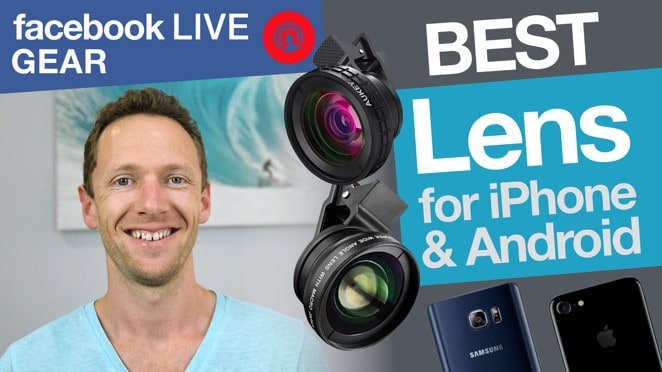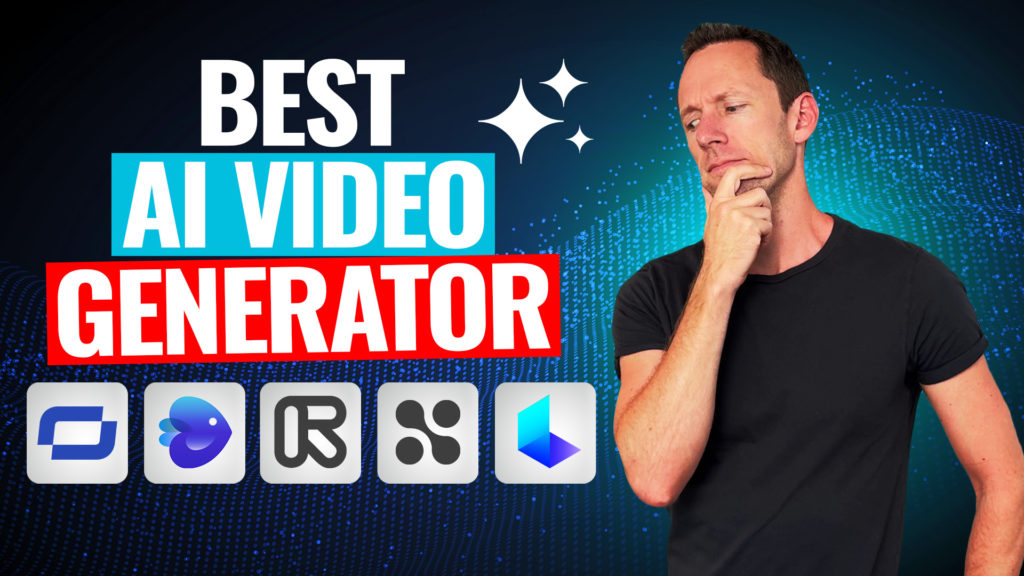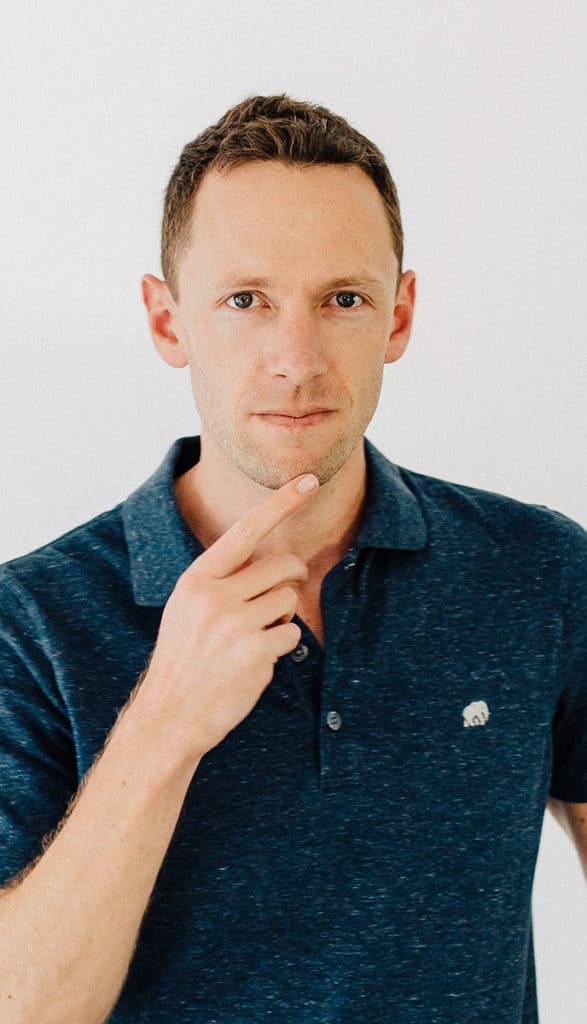Here’s how to remove copyright claims on YouTube videos. If you’ve got a YouTube copyright claim, you’ll learn to fix it quickly & easily so you can get your videos monetized again!
Important: When available, we use affiliate links and may earn a commission!
Below is an AI-assisted summary of the key points and ideas covered in the video. For more detail, make sure to check out the full time stamped video above!
How to Remove Copyright Claims on YouTube Videos in 2024
Copyright claims on YouTube can disrupt your content by demonetizing videos, blocking them in specific regions, or even causing strikes on your channel. Here’s a step-by-step guide to managing these claims effectively.
Key Steps for Managing Copyright Claims
Understand YouTube’s Copyright Detection
- YouTube detects copyrighted material during the upload process, scanning your video for potential issues before it goes live.
- Common issues include copyrighted music or footage, which can result in a claim or restrictions.
Actions to Resolve Copyright Claims
- Erase the Song: YouTube now allows you to remove copyrighted songs from your video while retaining other sounds, such as spoken dialogue.
- Replace the Song: Use YouTube’s stock music library to replace the copyrighted audio. Note that this option replaces any other audio present during the replaced segment.
- Trim Out the Section: For longer videos, consider trimming the section containing the copyrighted material.
- Dispute the Claim: If you have valid rights (such as a license or fair use), you can file a dispute, though this can take up to 30 days to resolve and may pose a risk if rejected.
Steps for Filing a Dispute
- Verify that you have the proper license or that your use qualifies as fair use.
- Provide detailed information about your license or permission.
- Agree to YouTube’s terms, and submit your dispute, which will then be reviewed by the claimant.
Checking for Existing Copyright Claims
- Go to YouTube Studio > Content to view restrictions or copyright issues for each video.
- Use filters to locate flagged content quickly. You can also view any takedown requests filed for your videos.
Protecting Your Content
- If others are using your videos without permission, YouTube’s copyright page shows flagged videos with specific percentages of your content used.
- You can request takedowns, contact channels directly, or archive claims if necessary.
Best Practices to Avoid Copyright Issues
- Always use licensed content. Reliable sources include platforms like Storyblocks, Artlist, and Epidemic Sound for music, sound effects, and stock footage.
- Avoid using content from other channels or unlicensed material, as even small inclusions can result in a claim.
Conclusion
Managing copyright claims on YouTube involves pre-emptive strategies, understanding YouTube’s options for handling claims, and knowing when to dispute. By using licensed material and leveraging YouTube’s tools, you can minimize risks to your content’s visibility and monetization while ensuring compliance with copyright policies.










